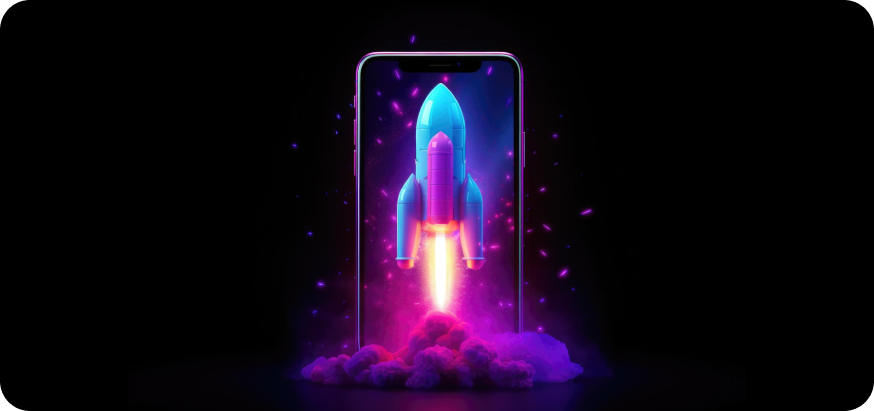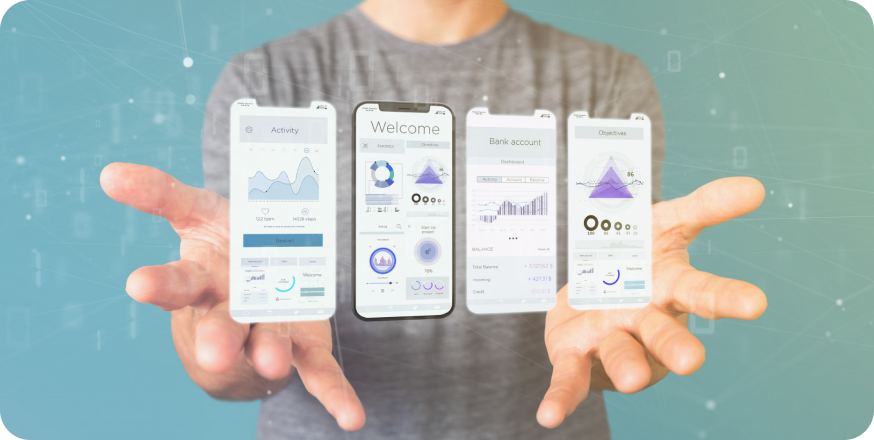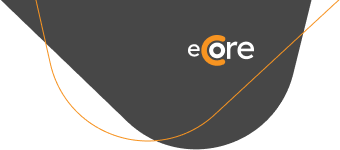MVP or Full App: The Tech World’s ‘Batman vs. Superman’ Dilemma!
Have you ever found yourself in a heated debate at the office while brainstorming or sipping coffee with coworkers, discussing whether it’s wiser to launch a Minimum Viable Product (MVP) or go all-in with a full-featured app?
Sound familiar? In today’s fast-paced digital arena, this topic is hotter than a double espresso!
The MVP Approach: Agility or Just a Buzzword?
Let’s face it, the term ‘agile’ has been tossed around so much lately that if I got a buck each time, we’d all be millionaires! Some people are even antagonized when hearing the word. But jokes aside, there’s a reason why MVPs are the “poster child” of the current digital era. An MVP, by definition, is a version of a new product that allows a team to collect the maximum amount of validated learning about customers with the least effort.
It sounds like a dream, right?
Significantly when market trends change faster than a chameleon in a disco.

Speed to Market: It’s all about the now!
Speed is everything in a world where your competitor is only a click away, and new ones pop up frequently. “Time is money”? Well, in the tech world, it’s more like “Speed is survival.”
A study by the Lean Startup Machine found that the average time to market for MVPs is just 4.5 months, compared to 9 months or more for full apps. And that doesn’t include finding the right team to build and execute your dream app. So being first can mean the difference between leading and playing catch-up. With an MVP, you’re not just entering the market, you’re potentially leading it.
With an MVP, you’re not just launching a product quickly; you’re opening a direct line of communication with your users. This rapid engagement is crucial. According to Forrester Research, companies that excel in customer experience outperform laggards by nearly 80%.
It’s not just about being fast; it’s about being agile and adaptable. The quicker you launch, the sooner you learn, and the faster you can pivot if needed.
User-Centricity: The Heart of MVPs
MVPs are not just about being quick and cost-effective; they’re fundamentally about centering the product around the user.
By releasing a basic but functional product version, companies can gather user feedback from the get-go. This feedback is gold dust for tailoring the app to meet user needs and preferences. According to a report by the Harvard Business Review, a user-centric approach can lead to a 60-80% increase in the likelihood of the product meeting customers’ needs and better retention.
Take Spotify as an example. Its MVP focused on basic streaming functionality and a simple user interface. By continuously iterating based on user feedback, Spotify evolved into an app with over 345 million active users. This evolution was driven by understanding and adapting to user preferences, proving that MVPs can be breeding grounds for exponential growth.
The Numbers Speak
At the end of the day, ROI is what founders, shareholders, and executives are interested in, A study by CB Insights showed that approximately 70% of startups fail, often due to misreading market demand. MVPs mitigate this risk by allowing companies to gauge user interest and adapt accordingly.
For instance, Dropbox’s MVP, a simple video demonstrating its file-syncing concept, led to a 75% increase in sign-up interest overnight! They heard the need, and they acted.
MVPs require significantly less capital upfront compared to full-fledged apps. A study by the Startup Genome Report revealed that successful startups spent 50% less on product development when they chose the MVP route. This reduced initial investment means a lower financial risk, a higher potential for ROI, and maybe even a bigger budget for Marketing ;).
While many startups fail, those who succeed succeed big,
Just remember Airbnb’s MVP journey. Essential website offering short-term lodging during a large design conference in San Francisco. The simplicity of their MVP helped the founders validate the demand for a peer-to-peer room and home rental service. This initial success paved the way for Airbnb to become a global leader in the sharing economy
Today, Airbnb is valued at over $75 billion, a testament to the power of starting small and scaling with purpose.
Or in realms of hundreds of Millions good oll Groupon notable for its simplicity and effectiveness. Initially focused on offering vouchers and discounts through PDFs sent to early subscribers. This minimal approach allowed them to validate the market interest without significant upfront investment. The strategy proved successful, leading to the development of a more sophisticated voucher system and backend. Groupon’s MVP approach demonstrates the power of starting small to test a concept, which can lead to substantial growth and
success in the market.

Full-Featured App: Bringing a Cannon to a Knife Fight
But sometimes, that’s precisely what you need.
This is particularly crucial in markets where complexity and feature-richness are key to user satisfaction. According to a survey by Clutch, 47% of users expect an app to offer high functionality. Launching with a full set of features can establish trust and credibility in highly competitive or regulated markets.
For instance, in domains like healthcare and financial services, the stakes are exceptionally high. In these sectors, a full-featured, comprehensive app is not just a nice-to-have; it’s a necessity.
Why?
Constant iterations or changes, common with MVPs, could disrupt ongoing services, potentially jeopardizing user trust and safety. The importance of launching with a full set of features in such sectors cannot be overstated. A full app can also drive higher user engagement.
When users find a range of functionalities that cater to their needs, they’re more likely to stay engaged. Adobe’s 2020 Digital Trends report found that companies with well-designed user journeys that facilitate clear communication and a seamless transaction are 88% more likely to increase their revenue.
The All-In Approach
Of course, the stakes are higher with a full app. It requires more resources, time, and investment. But when it hits the mark, the rewards can be substantial. A comprehensive app can capture a larger market share, create a more substantial brand presence, and drive long-term user loyalty. The cost to develop a small app can range from $50,000 to $100,000+, while complex apps can exceed millions of dollars. Not to mention, the longer development cycle increases the chance of missing the market window.
Consider the success story of Zoom. Unlike many minimalist communication tools, Zoom launched with features like high-definition video conferencing, large meeting capacities, and robust security protocols. This comprehensive approach helped them stand out in a crowded market, leading to a 317% increase in revenue in 2020, now being evaluated at $21.18 billion with over $4.3 billion in revenue annually.
Or famous Adobe’s shift from selling individual software to offering a full suite via the Creative Cloud was a game-changer. Instead of launching minimal software versions, Adobe bundled a comprehensive set of creative tools, catering to the diverse needs of graphic designers, video editors, and other creatives. This move solidified Adobe’s position in the market and significantly increased its user base, estimated at 33 million at the time of writing this text, and they are still growing.

The New Skinny Jeans?
Remember when everyone was excited about ‘synergy’ and ‘leverage’? Or those skinny jeans. Now, it’s all about ‘agility.’ But unlike those buzzwords, agility in the form of MVPs has tangible benefits.
In our fast-changing market, adaptability is key. Eric Ries, in his book “The Lean Startup,” emphasizes that the ability to learn and adapt is what differentiates successful startups. MVPs embody this philosophy, offering a way to pivot or persevere based on real-world feedback.
While the agility of MVPs has its charm, full applications still stand tall in their success, as exemplified by giants like Zoom, Adobe, and Salesforce. These successes are not just random strokes of luck. It can be especially seen in specific industries such as healthcare, financial services, government, and defense, where full apps dominate the market.
So, which path should you tread?
Keep in mind that choosing between an MVP and a full app hinges on well-researched, data-backed decisions and a deep understanding of the problem at hand, all while staying flexible to account for the changes in the market and user needs. Complicated right?
But one thing is clear: in this ever-evolving digital landscape, being agile (there’s that word again!$) is not just trendy, it’s essential.
After all, in the tech world, the only constant is change.
– and the occasional coffee debates. 😉

Founder & CSO

0 Comments